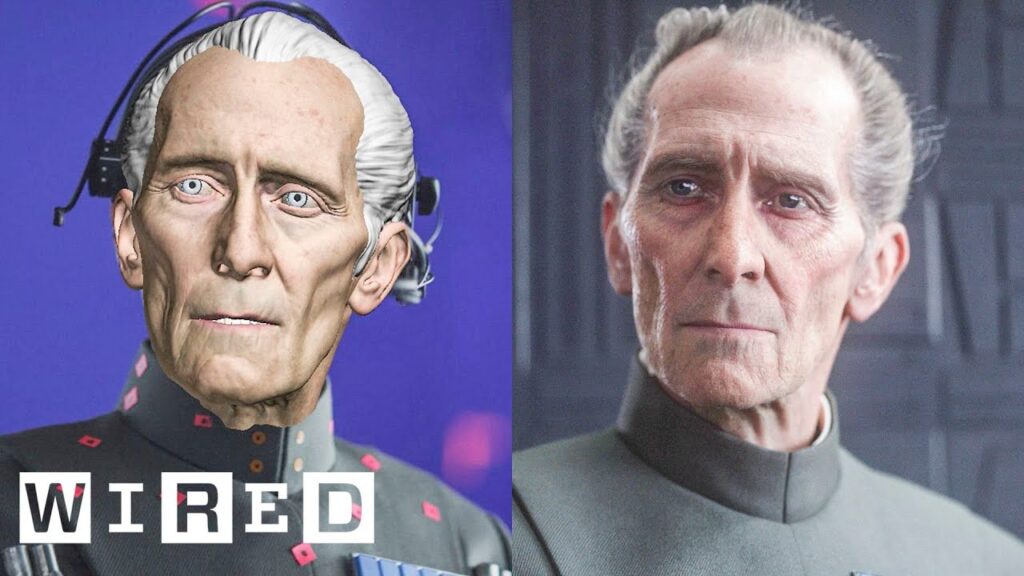The Five Levels of the Internet: Understanding the Network of Networks
Summary
In this article, we explore the five levels of the internet, from the physical components to the protocols that govern communication between devices. We also delve into the history of the internet and how it has evolved into the network of networks we know today.
Table of Contents
- The Physical Components of the Internet
- Routing and Protocols
- Connecting Networks and Applications
- The History of the Internet
- Centralized Control in a Decentralized Network
The Physical Components of the Internet
Jim Caros, a professor at the University of Massachusetts, describes the internet as a network of networks. Physically, it is made up of billions of computers connected to each other. The internet is a platform on which all internet applications can be built, such as video streaming services.
Routing and Protocols
Routing is the process of finding the shortest path for information to travel from one computer to another. Protocols govern communication rules between computers. The internet is made up of smaller networks that are all connected to each other, similar to a road system. Networks are connected by routers, which act as interchanges. Undersea cables connect networks across the globe, while wireless connections use Wi-Fi protocol to connect devices to the first hop router.
Connecting Networks and Applications
Applications like Netflix connect users to servers close to them to avoid crossing too many internet links. Information is sent in packets and can be reordered if necessary using the TCP protocol. The internet protocol also plays a role in ensuring data is sent accurately.
The History of the Internet
The history of the internet dates back to the 1960s when the Defense Advanced Research Projects Agency (DARPA) developed the idea of a packet switching network that was robust and survivable. The network architecture was designed to be reliable at the edges of the network, with complexity built into the core. The Domain Name System (DNS) translates names to IP addresses, allowing applications to send messages to named services.
Centralized Control in a Decentralized Network
The internet is decentralized, with control of the network up to whoever owns it. However, there is a small amount of centralized control.
Conclusion
In conclusion, understanding the five levels of the internet is crucial to understanding how the network of networks operates. From the physical components to the protocols that govern communication, the internet is a complex system that has evolved over time to become the backbone of modern communication and technology.







